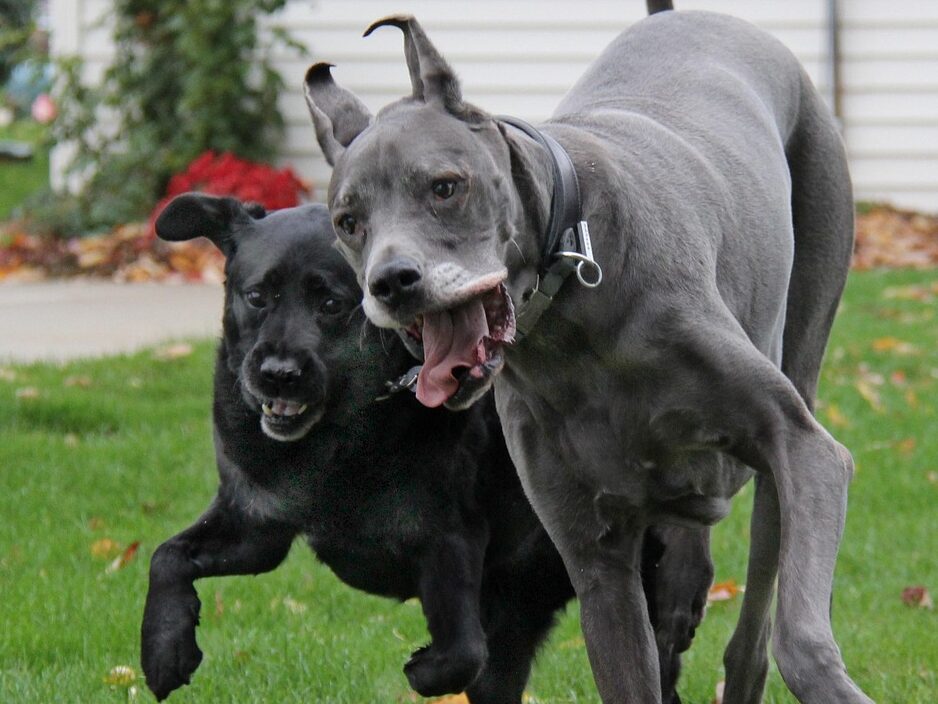
Some breeds end up in shelters not because they’re unlovable, but because people adopt dogs based on vibes and TikTok videos instead of acknowledging the inconvenient truth: certain dogs are built for lifestyles most humans don’t actually live. When reality hits, guilt and overwhelm do the rest.
Huskies
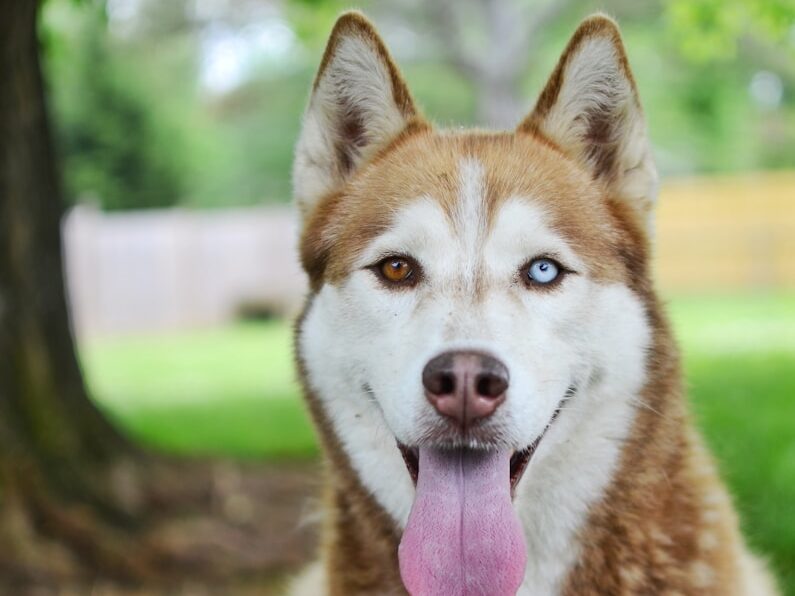
They look like snow-wolves escaped from a fantasy novel, but the workload is brutal. Huskies need a lot of exercise, endless stimulation, and a secure yard that basically requires prison-level fencing. They howl loud enough to upset neighbors in other postal codes. People adopt them for their eyes and Instagram potential and then panic when their house slowly turns into a shredded pillow museum.
German Shepherds
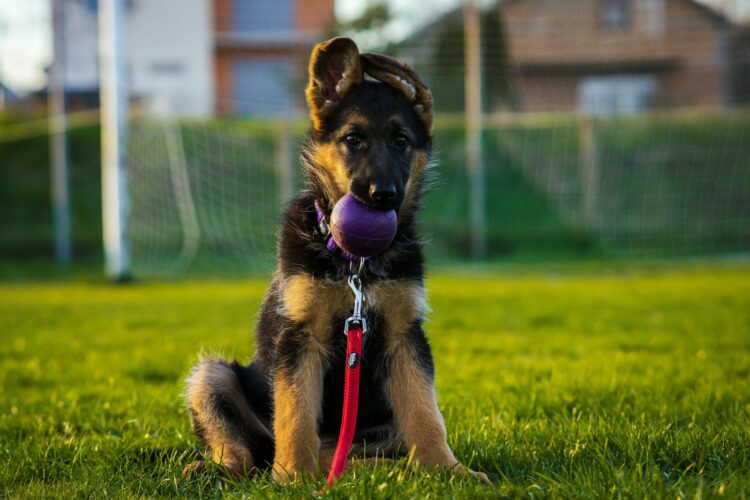
This breed thrives on structure, purpose, and clear leadership. When they don’t get it, they spiral into anxiety, reactivity, or destructive behaviors. Many people want the heroic movie-dog version and forget that it takes daily training, mental challenges, and confident handling. Without that, the dog gets overwhelmed, the owner gets overwhelmed, and the shelter gets another Shepherd.
Dalmatians
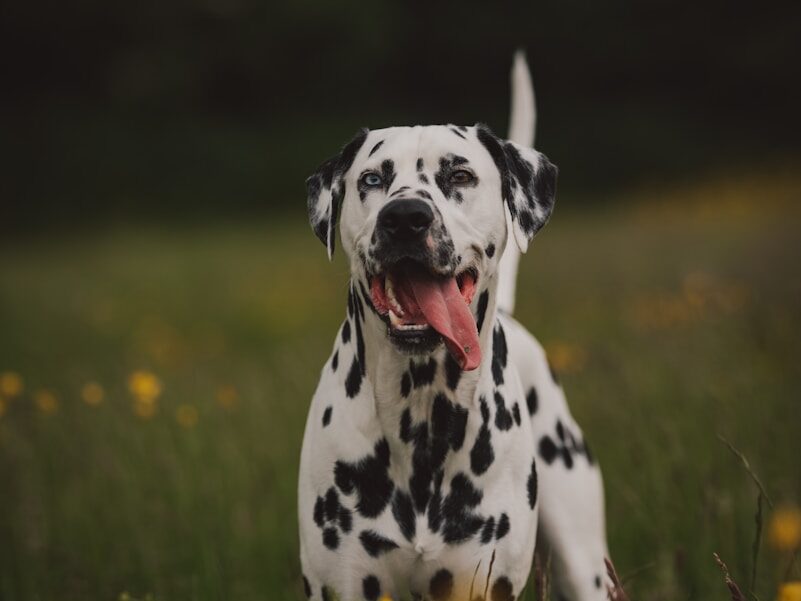
The coat is cute. The energy level is not. Dalmatians are nonstop motion, stubborn thinkers, and genetically prone to deafness — meaning training requires patience most people don’t have. They also have high uric acid sensitivity, so diet becomes a project too. People adopt them for aesthetics, then discover they basically adopted a high-speed, high-maintenance chaos machine.
Jack Russell Terriers

Tiny body, nuclear energy. Jack Russells are brilliant, determined, and bred for serious work. They’ll dig, chase, bark, and outsmart anyone who treats them like a little companion dog. Without hours of stimulation, they create their own “projects,” and none of those projects are good for drywall. People surrender them because they mistake size for simplicity.
Border Collies

Peak intelligence, peak intensity. This is a herding dog built to solve problems all day. When they lack a job, they herd kids, cars, visitors, or shadows. They chew from boredom, pace from frustration, and develop obsessions if their brain isn’t kept busy. Most families simply can’t keep up, and the world’s smartest dog becomes the world’s saddest surrender.
Pit Bulls / Bully Breeds
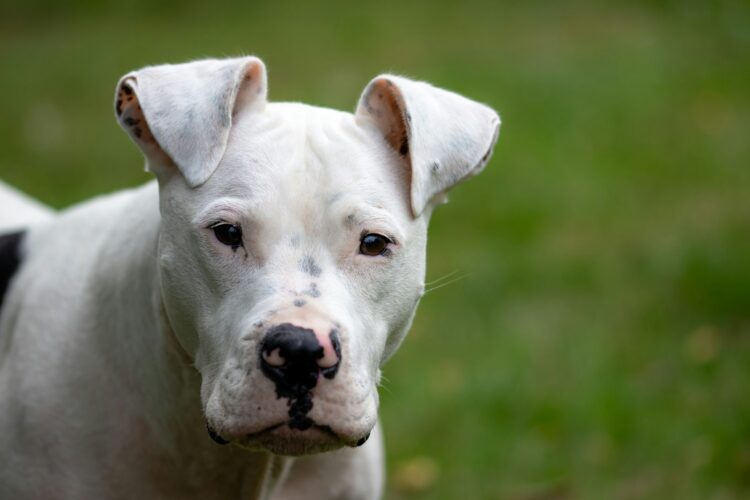
Most are affectionate, goofy sweethearts. The problem is the combination of stigma, high energy, and inexperienced owners thinking they require no training. People underestimate their strength, skip socialization, and then panic when the dog becomes too much. Add irresponsible backyard breeding to the mix, and shelters get flooded with dogs that deserved better from day one.
Cattle Dogs (Heelers)

These dogs were designed to control livestock by nipping and driving movement. Put that instinct in a suburban living room, and it turns into herding children, biting ankles, and policing every moving thing. They’re brilliant but intense, and they need wide-open spaces and jobs. A small home with overstimulated kids is the fastest route to a surrender.
Beagles
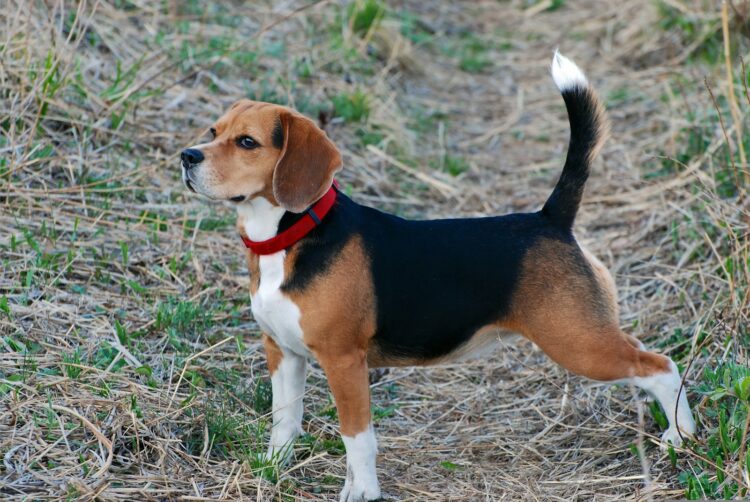
People get fooled by floppy ears and innocent eyes. Then the howling starts. Beagles follow scents like they’re possessed, ignore commands when on a trail, and can escape any yard that isn’t fortified. Their stubbornness surprises families who assume “small dog = easy.” Instead, they get a scent-driven escape artist whose vocal range rivals a siren.
Great Danes

A Great Dane puppy seems manageable until it becomes a horse. Feeding costs spike, vet bills skyrocket, and the dog takes up half the house. Add in joint issues and short life expectancy, and many owners simply weren’t ready for the emotional and financial load. Shelters end up with gentle giants who just needed someone truly prepared.
Chihuahuas
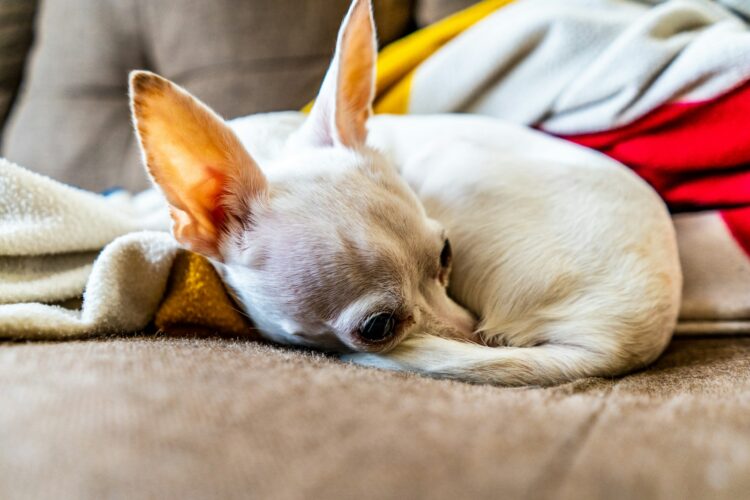
Often treated like fragile accessories instead of actual dogs. Lack of boundaries turns them into anxious, snappy reactors who guard everything. They need socialization, structure, and training, but many owners skip all that. By the time the dog’s behavior becomes a problem, the owner decides they “don’t know what happened.”
Boxers
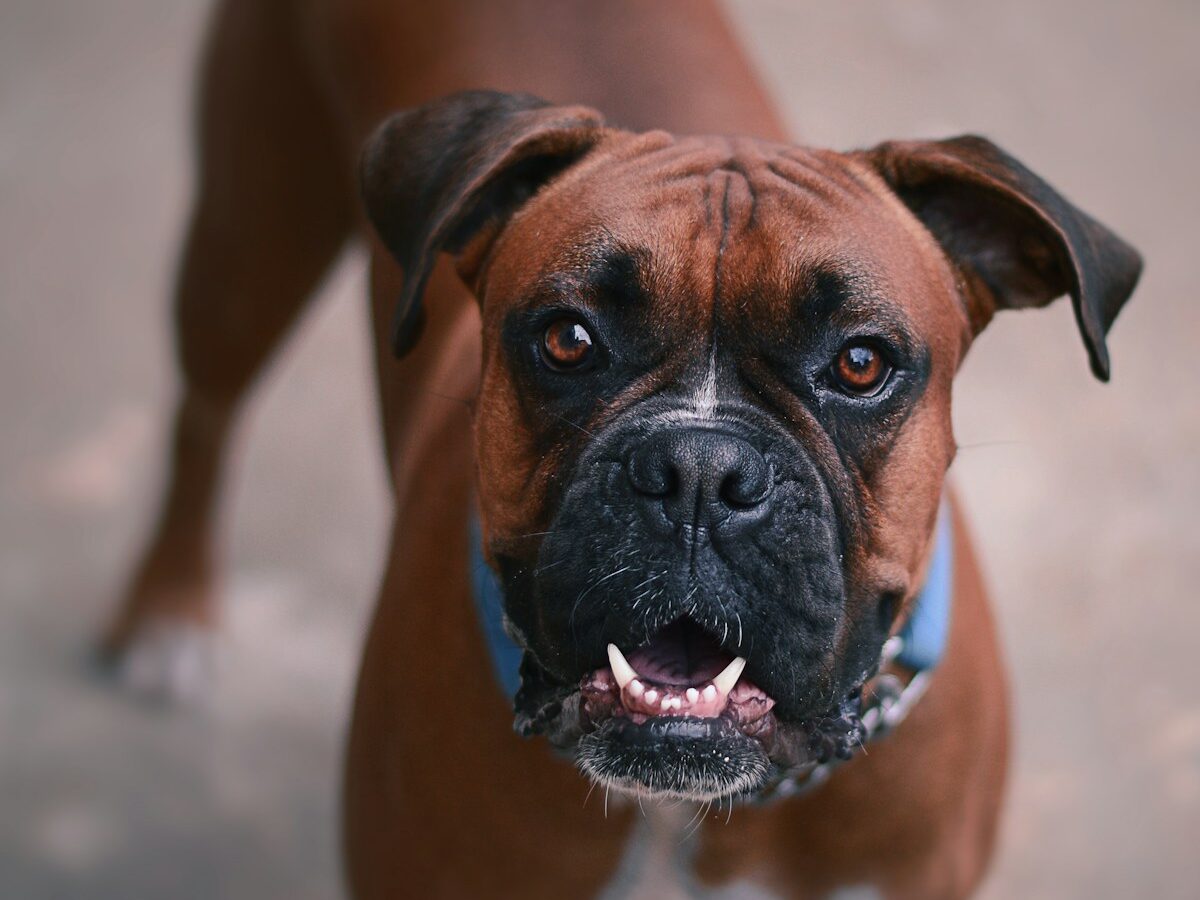
Boxers have the emotional intensity of toddlers and the energy of a caffeinated athlete. They’re shadows, clowns, and drama queens all at once. When they’re under-exercised or left alone too long, separation anxiety hits hard. People love their goofy charm until they discover it comes bundled with a need for constant connection and structure.
Weimaraners
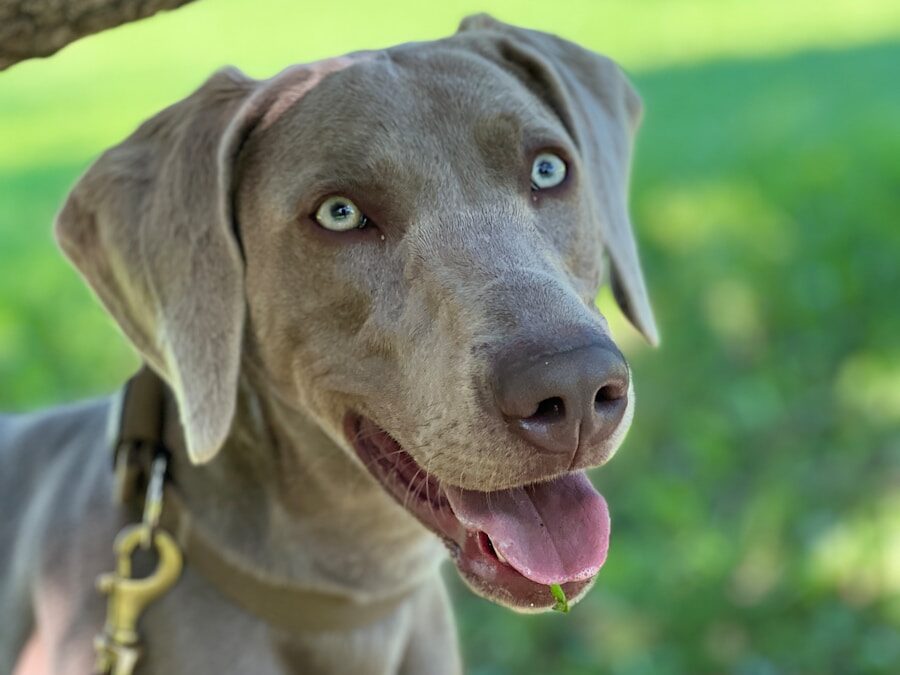
Velcro dogs with the anxiety levels to match. They need huge amounts of exercise, mental stimulation, and near-constant company. Left alone too long, they panic and destroy things. A lot of people adopt them because they look elegant and athletic, then crumble under the reality of managing a dog that can’t handle solitude.
Saint Bernards
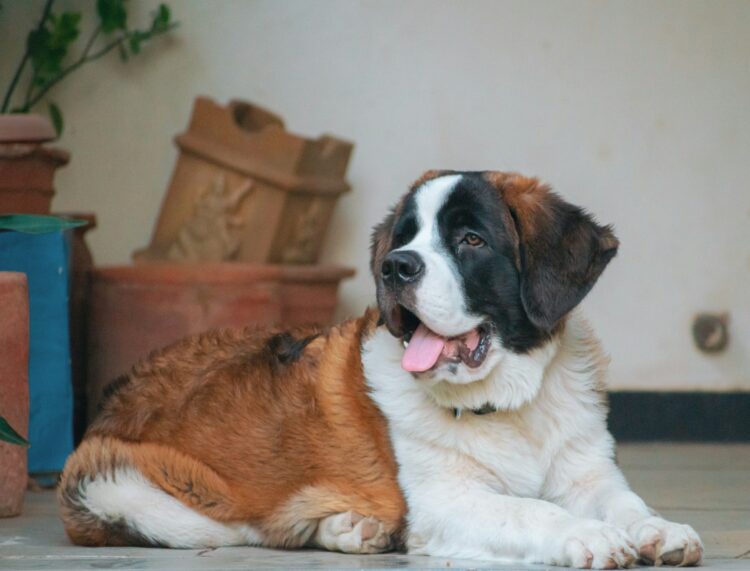
They’re sweet and gentle but come with industrial-strength drool, heavy shedding, and medical bills that make your wallet scream. People fall for the teddy bear vibe, then get hit with the cost of giant-breed care. A 150-pound dog is basically a lifestyle decision — many owners just don’t realize that in time.
Cocker Spaniels

Beautiful dogs with emotionally complex brains. Poor breeding has made many prone to resource guarding, fear-based aggression, and anxiety. They require careful training, stable routines, and grooming that never ends. Families who adopt them for their soft looks often get overwhelmed by the behavioral quirks hiding underneath.
Rottweilers
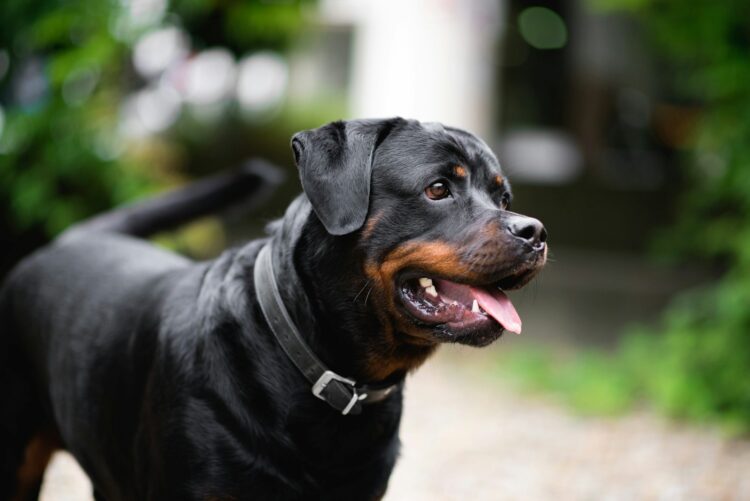
Powerful, loyal dogs who need consistent training, early socialization, and confident leadership. When owners underestimate their intensity or try to raise them without structure, things fall apart fast. They’re not the “big cuddly protector” people imagine — they’re working dogs who need a clear job and a capable handler. Without that, shelters see them far too often.

